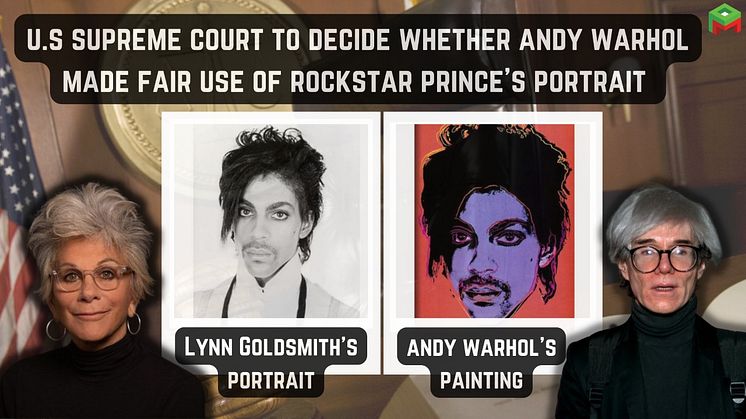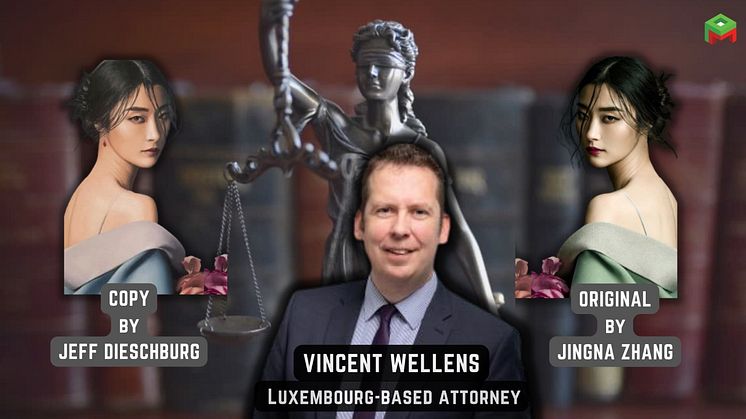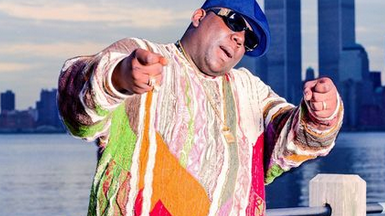
News -
How U.S. Supreme Court decision in Lynn Goldsmith vs Andy Warhol’s case could alter the definition of fair use under copyright
The announcement that the US Supreme Court will hear the Andy Warhol Foundation's appeal of a lower court decision in Lynn Goldsmith's favor regarding Warhol's 1984 paintings of rock star Prince has alarmed not only the community of American photographers and artists but also their Associations and the US copyright office because the decision could alter the definition of fair use and result in more works being plagiarized.
The case under discussion is about copyright protection of a photo of Prince that photographer Goldsmith had shot for Newsweek magazine in 1981.
When Prince released "Purple Rain" three years later, Vanity Fair hired Warhol to make an image for a story titled "Purple Fame." The publisher agreed to pay Ms. Goldsmith US$400 to only use one of her 1981 portraits as a reference.
Andy Warhol, who was notorious for overtly appropriating and manipulating the works of other artists to create his own works, created 16 images by altering the photograph in various ways in what came to be called the Prince Series.
When Warhol died in 1987, his Foundation assumed ownership of his work, including the Prince Series.
Goldsmith was not made aware by Vanity Fair that Warhol was using the image as a reference to create several unlicensed paintings, and she was also not made aware of the article's first publication.
Following Prince's passing in April 2016, Condé Nast, the parent company of Vanity Fair, got in touch with the Andy Warhol Foundation to express interest in using one of the 1984 photographs in a tribute issue to Prince.
In May 2016, Condé Nast got a license and released the tribute publication, which included a Prince Series photograph on an orange background. The Foundation was given credit for creating the artwork, but Goldsmith was not attributed.
Goldsmith first became aware of the Prince Series and the other images only after the cover was published, which led her to inform the foundation in late July 2016 that the artwork had infringed on her copyright.
By November 2016, Goldsmith had her Prince’s photo registered with the copyright office as an unpublished work.
On her Facebook page, Goldsmith wrote, “It is a crime that so many ‘artists’ can get away with taking photographers’ images and painting on them or doing whatever to them without asking permission of the ‘artist’ who created the image in the first place.”
To counter her allegations, the Foundation sued her in April 2017 before she had a chance to file a copyright infringement lawsuit first.
Goldsmith, however, countersued Warhol's estate for infringement.
Initially, a District Court judge in Manhattan ruled that Warhol's work made fair use of Goldsmith's photo because it turned Prince from a "vulnerable" portrait into an "iconic, larger-than-life figure."
After Goldsmith challenged that decision in the New York-based 2nd U.S. Circuit Court of Appeals, it concluded that Warhol's paintings were "much closer to presenting the same work in a different form" and had not made fair use of the photo and overruled the original verdict.
In December last year, the Foundation, however, appealed to the US Supreme Court to overturn the 2nd Circuit Court’s decision, arguing that it created "a cloud of legal uncertainty" for an entire genre of art like Warhol's.
In their Supreme Court brief, lawyers for the Foundation asked the justices to rule that Warhol’s works are protected under the fair use doctrine whenever they add a new meaning or message.
In March 2022, the Supreme Court announced that it plans to hear the case in October.
Commenting on the announcement, Goldsmith’s lawyers said that she looks forward to continuing her legal fight at the Supreme Court, and that their client has asked for a “holistic inquiry” balancing the four factors set out in the Copyright Act for assessing fair use.
The National Press Photographers Association (NPPA), the American Society of Media Photographers (ASMP), and the United States Copyright Office are all concerned about the outcome of the decision.
They all have submitted legal arguments to the Supreme Court in the form of Amici briefs highlighting the importance of upholding the decisions of the lower courts: what Warhol did here did not amount to fair use and violated Goldsmith’s rights.
They believe that if the Supreme Court instead rules in favor of the Foundation, the original intention of fair use will be broadened and the copyright laws that defend photographers will be greatly weakened, as it may expand copyists' ability to appropriate existing works.
Given the attention accorded to influence the decision, the Supreme Court will pay close attention to the matter and give their decision accordingly in a case that could help clarify when and how artists can make use of the work of others.
PitchMark recently covered a similar copyright theft story of US-based photographer Jingna Zhang who filed a lawsuit against Luxembourg-based art student Jeff Dieschburg accusing him of painting a picture that is almost identical to a photo she shot in the past. Her lawyer says the art student’s counsel in Luxembourg is mounting an “aggressive” defense based on several legal theories, including a transformative use argument not presently recognized in that jurisdiction.
PitchMark helps innovators deter idea theft, so that third-parties that they share their idea with get the idea but don’t take it. Visit PitchMark.net and register for free as a PitchMark member today.





